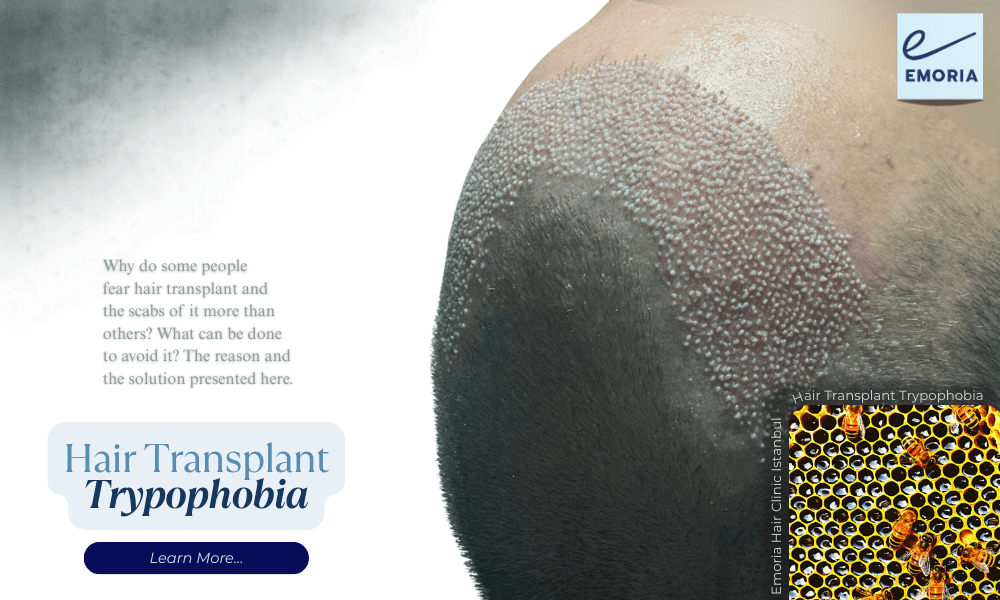Hair transplants play an important role in the lives of many people. It is still important to be considerate about the side-effects that might be seen after the operation. One of these side-effects is called trypophobia after hair transplant. Individuals who have an issue looking at a cluster of holes might have discomfort after hair transplant. But why does hair transplant cause trypophobia?
What Is Trypophobia?
The main definition we can give about this term is that it is the aversion or fear of clustered holes, dots, or repetitive patterns. It is still not added as a clinical disorder in the DSM-5 but it is still accepted as a psychological phenomenon.
Many people only become aware of their aversion when encountering a certain image such as lotus pods, bubbles, or specific textures. This might lead to a sense of discomfort.
Common Triggers and Psychological Reactions
Common trypophobia triggers include:
- Lotus seed pods
- Coral textures
- Honeycomb patterns
- Bubble wrap
- Pores and pitted skin
- Certain fungi and mold patterns
Reactions vary but can include:
- Nausea
- Goosebumps
- Sweating
- Skin crawling sensations
- Panic or anxiety
- Even visual hallucinations in extreme cases
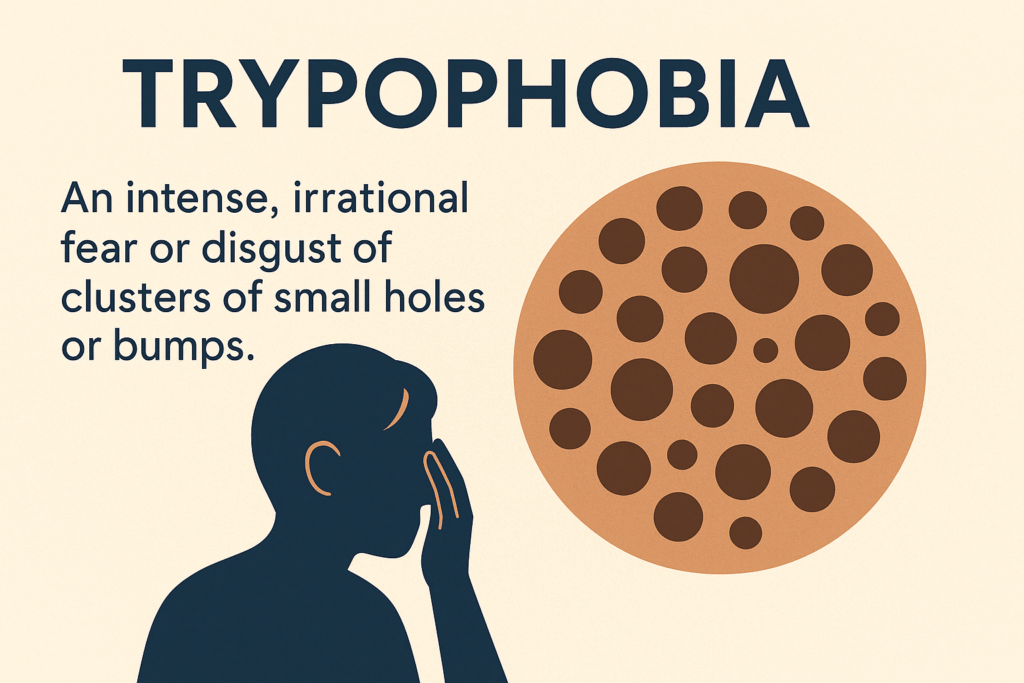
The Connection Between Hair Transplants and Trypophobia
Many patients report being caught off guard when viewing their scalp after a transplant. The visual pattern of dots, scabs, or holes can resemble some of the most common trypophobia triggers.
This is especially problematic because the recovery process often requires daily scalp cleaning, photo documentation, and direct visual contact—putting patients in constant proximity to their trigger.
Why Hair Graft Patterns Can Trigger Trypophobia
Hair transplants involve the placement of hundreds or thousands of tiny grafts. This creates a pattern of puncture points across the scalp, especially visible in the early days post-surgery. For people with fear of hair graft holes, this dot-like texture on the scalp is a perfect storm for discomfort.
The FUE hair transplant hole pattern, in particular, has come under scrutiny for its potential to trigger trypophobia. These evenly spaced extraction sites can form a grid-like structure that’s nearly identical to the kinds of visual patterns that provoke trypophobic responses.
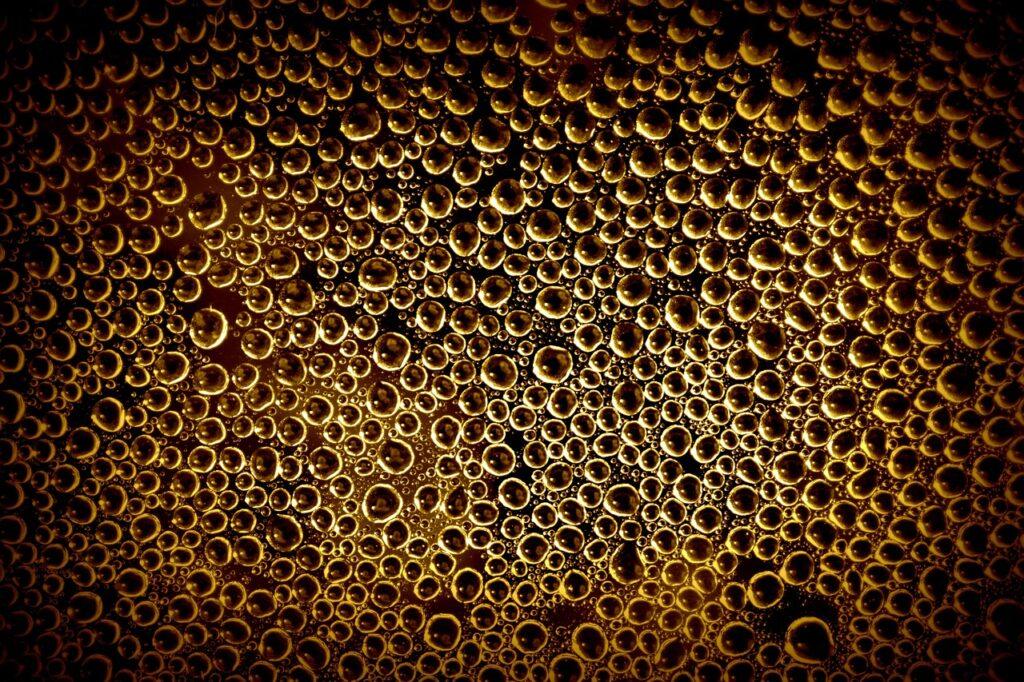
FUE vs. DHI: Which Procedure Triggers Trypophobia More?
There are two main modern hair transplant methods:
- FUE (Follicular Unit Extraction): This method removes individual follicular units with a punch tool, creating numerous small holes in the donor area and recipient site.
- DHI (Direct Hair Implantation): Uses a specialized pen-like tool to implant follicles directly, which may reduce visible trauma to the scalp.
Patients concerned about visual triggers often report that DHI trypophobia safe methods produce less distressing post-op imagery. The incisions are often smaller, and the pattern less uniform or visible, which makes it a potentially better option for trypophobic individuals.
Visual Impact: What the Scalp Looks Like Post-Transplant
Hair transplant results can be impressive—but it’s the healing journey that can be unexpectedly jarring for visually sensitive individuals.
Day 1 to Week 1: Healing Stages That Affect Trypophobia
Immediately after the procedure, the scalp is dotted with micro-wounds. These tiny holes or bumps often develop scabs as part of the healing process. Redness and slight swelling can enhance the clustered-hole effect, leading to more pronounced reactions.
This phase can last 7 to 10 days, during which Post-surgery hair transplant appearance may resemble a dotted, speckled pattern—very similar to trypophobia-inducing images found online.
Before and After Photos: A Caution for Sensitive Viewers
Trypophobia hair transplant photos are easy to find online—surgeons often post them to show real healing stages. However, they can be deeply unsettling to viewers with this phobia. Some clinics now label such images with warnings or offer to provide alternatives for sensitive patients.
It’s important to view these before committing to the procedure, especially if you already know you’re sensitive to clustered patterns.
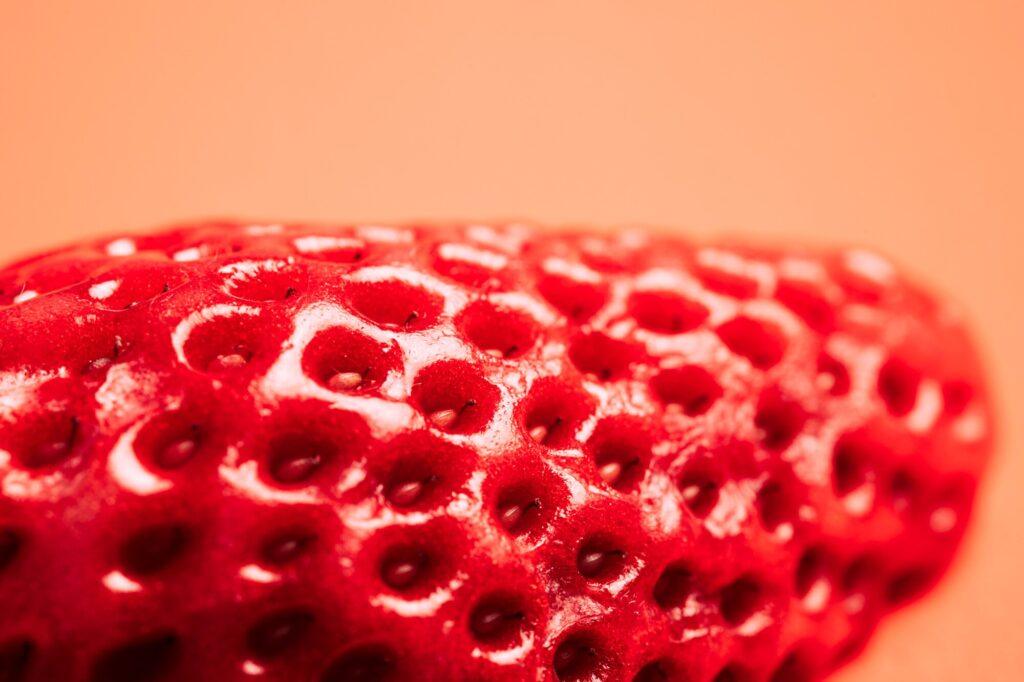
Tips to Manage Trypophobia Before and After Hair Transplant
Managing this psychological hurdle requires a combination of mental and practical strategies.
Mental Preparation Techniques
Before surgery:
- Speak with a therapist to identify any underlying phobias
- Prepare by viewing mild Trypophobia hair transplant photos in a safe environment
- Practice grounding techniques for emotional regulation
Mental prep reduces the shock factor and helps patients feel in control.
Visual Exposure Therapy Options
Visual exposure therapy can help desensitize patients to trypophobic images before surgery. Starting with low-intensity images and gradually working up to post-op photos can help your brain reframe the visual association.
Some online tools and VR simulations are also emerging to support this type of therapy.
Using Bandages or Hats to Avoid Visual Triggers
For many, simply covering the area during peak healing is the best short-term solution. Bandages or light surgical caps are often permitted and can reduce the emotional toll. Not seeing the FUE hair transplant hole pattern directly may help avoid triggering episodes.
What Surgeons Say: Medical Opinions on Trypophobia Risk
As awareness grows, so does medical interest in accommodating phobia-related concerns.
Surgeon Perspectives on Patient Reactions
Some surgeons now consider trypophobia as a part of the psychological screening process. Surgeons have begun documenting cases where patients experience postoperative distress specifically related to the appearance of the scalp.
Can You Request a Trypophobia-Safe Approach?
Absolutely. Some clinics now allow patients to request a Trypophobia-safe procedure using:
- Non-linear graft patterns
- Smaller extraction tools
- Post-op bandaging
- Customized hairline plans to minimize visible clusters
Don’t hesitate to bring this up in your consultation. Surgeons are increasingly open to psychological accommodations.
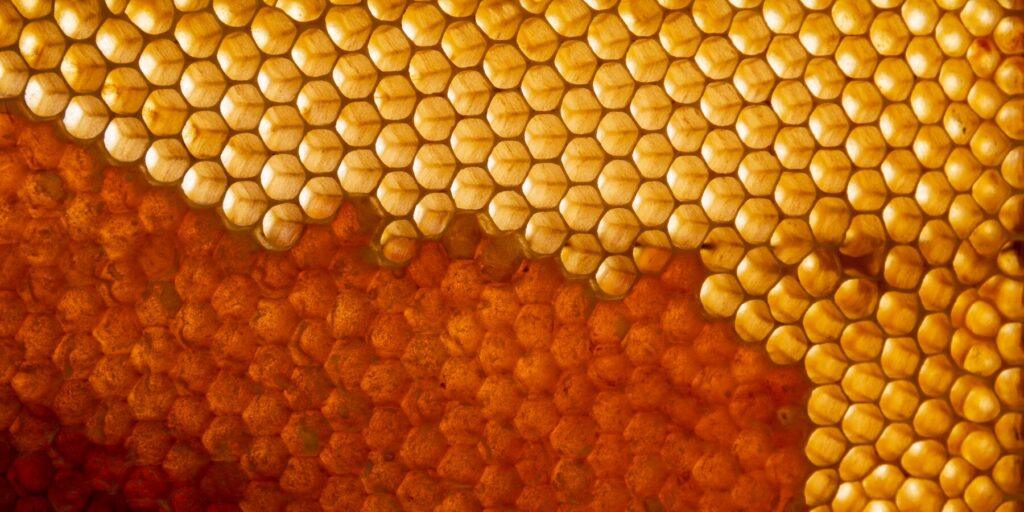
Choosing the Right Procedure if You Have Trypophobia
If you’re aware of your sensitivity, you’re already ahead. Choosing the right method can make all the difference.
DHI (Direct Hair Implantation) as a Gentler Alternative
DHI trypophobia safe techniques are gaining popularity for good reason. They involve less noticeable trauma and may offer a smoother visual recovery.
DHI tools insert the follicle directly into the scalp without pre-made incisions, reducing visible marks. This method tends to spread out follicles more naturally, easing the visual impact.
Custom Hairline Planning and Aesthetic Adjustments
You can also request a less uniform graft pattern or strategic spacing to minimize visual triggers. This might slightly reduce graft density, but it could offer a more comfortable healing process if you suffer from fear of hair graft holes.
Open Communication with Your Surgeon
While hair transplants are generally safe and transformative, it’s important to talk about the Trypophobia after hair transplant experience. Knowing that this reaction is valid—and manageable—can make your journey smoother and more empowered.
Don’t be afraid to speak openly with your surgeon. Ask for visuals ahead of time, request a DHI trypophobia safe option, and prepare yourself mentally for the recovery process. Your emotional comfort matters just as much as your physical results.
Academic Sources
American Psychiatric Association. DSM-5 task force. 5th ed Diagnostic and Statistical Manual of Mental Disorders: DSM-5. Washington, DC: American Psychiatric Association; (2013).
Martínez-Aguayo JC, Lanfranco RC, Arancibia M, Sepúlveda E, Madrid E. Trypophobia: What Do We Know So Far? A Case Report and Comprehensive Review of the Literature. Front Psychiatry. (2018)
Wagner KD, Croley JA, Wilson JM. Trypophobia, skin, and media. Dermatol Online J. (2018)
Yes. This could be a trypophobia response. You’re not alone, and it’s more common than many clinics acknowledge.
Yes, especially if you plan ahead. Consider DHI methods and communicate openly with your clinic.
Not directly, but unmanaged anxiety can interfere with post-op care. This is essential for good results.
Usually not. The pattern fades as healing progresses, and the final result typically doesn’t trigger trypophobia.
A good doctor will work with you, modify techniques, and refer you to a mental health expert if needed.

